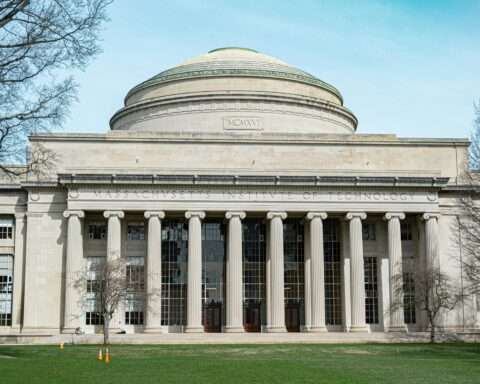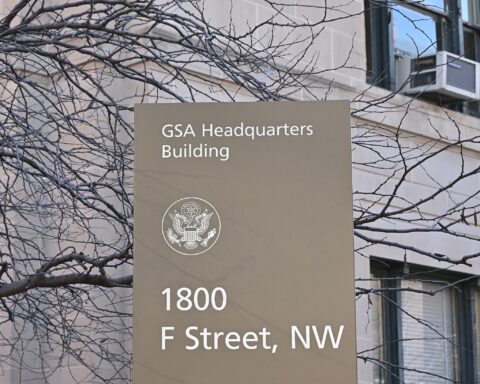In an effort to increase automotive autonomy nationwide, the U.S. Department of Transportation (USDOT) has released a plan to speed up the integration of technology that allows vehicles to communicate with other vehicles and roadside infrastructure.
The plan, entitled Saving Lives with Connectivity: A Plan to Accelerate V2X Deployment, supports the federal government’s ongoing commitment to reducing roadside deaths and serious injuries.
“The Department has reached a key milestone today in laying out a national plan for the transportation industry that has the power to save lives and transform the way we travel,” U.S. Secretary of Transportation Pete Buttigieg said in a press release. “The Department recognizes the potential safety benefits of V2X, and this plan will move us closer to nationwide adoption of this technology.”
Vehicle-to-everything (V2X) is a broad term describing communication systems that allow autonomous vehicles to ‘talk’ to one another and their environment. Driverless vehicles using V2X software employ vehicle-to-vehicle (V2V), vehicle-to-infrastructure (V2I) and vehicle-to-pedestrian (V2P) software to develop a connected network of self-driving machines.
The plan, which is slated to be fully implemented by 2036, outlines how the USDOT will assist in activities such as resolving regulatory uncertainty, providing technical assistance and resources and providing seed funding for deployments across the nation.
The initiative will be rolled out in several stages over the next decade in collaboration with public and private entities.
Public entities, such as infrastructure owners and operators, will lead the way, developing best practices and on-site consultation on V2X initiatives with the assistance of state and local governments. Transit operators and tech developers will also play a crucial role in developing best practices and maintaining stable connected infrastructure.
Private entities such as automotive suppliers and original equipment manufacturers (OEMs) will be tasked with implementing V2X technologies in vehicles and equipment. These entities will also coordinate with other organizations to create interoperable technology that can easily and safely be integrated in all autonomous vehicles and infrastructure.
By 2036, the USDOT anticipates full integration of V2X software in the national highway system, 20 vehicle models with V2X capabilities and published benefit/cost data from years of V2X usage.
Short-term goals to be implemented by 2028 include:
- V2X deployment on 20% of national highways.
- Three device suppliers and two OEMs demonstrating interoperability.
- Three benefit/cost case studies, including at least one focused on vulnerable road user safety.
- Two OEMs commit to 5.895-5.925 GHz capable vehicles by 2028 model year.
The USDOT has worked with auto manufacturers and transportation officials for years to integrate autonomous vehicles on roadways in several cities. In June, the USDOT awarded $60 million in grants to projects in Arizona, Texas and Utah to develop and implement V2X technologies.
The Utah Department of Transportation received $20 million to integrate V2X on highway corridors leading Colorado and Wyoming. Houston and College Station were awarded $19.2 million to develop V2X infrastructure between the two cities through the Texas A&M Transportation Institute.
“It provides stakeholders with vital information to enable a safe, efficient, and sustainable transportation system through the national, widespread deployment of interoperable V2X technologies,” Principal Deputy Assistant Secretary for Research and Technology and Chief Scientist Dr. Robert C. Hampshire said in a press release. “The Plan will accelerate investment, research, and deployment in V2X “market certainty.”
Photo by Jules Nieves on Unsplash













